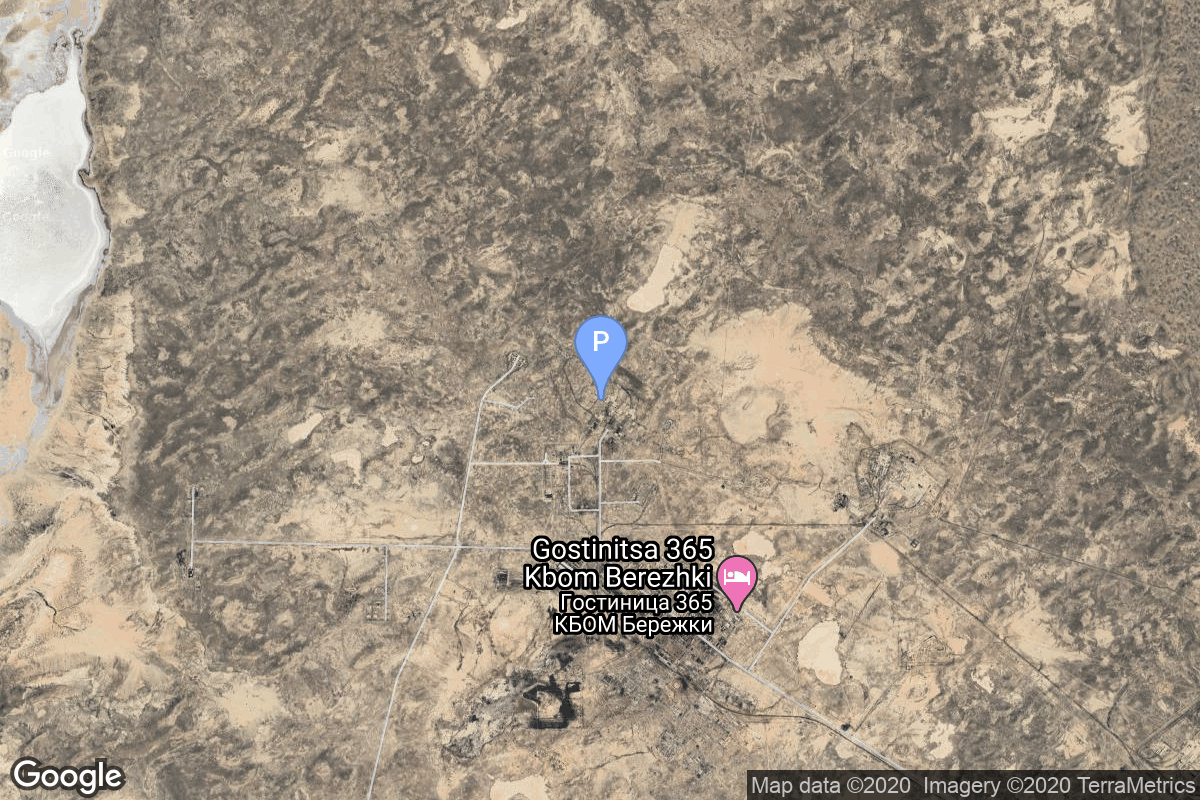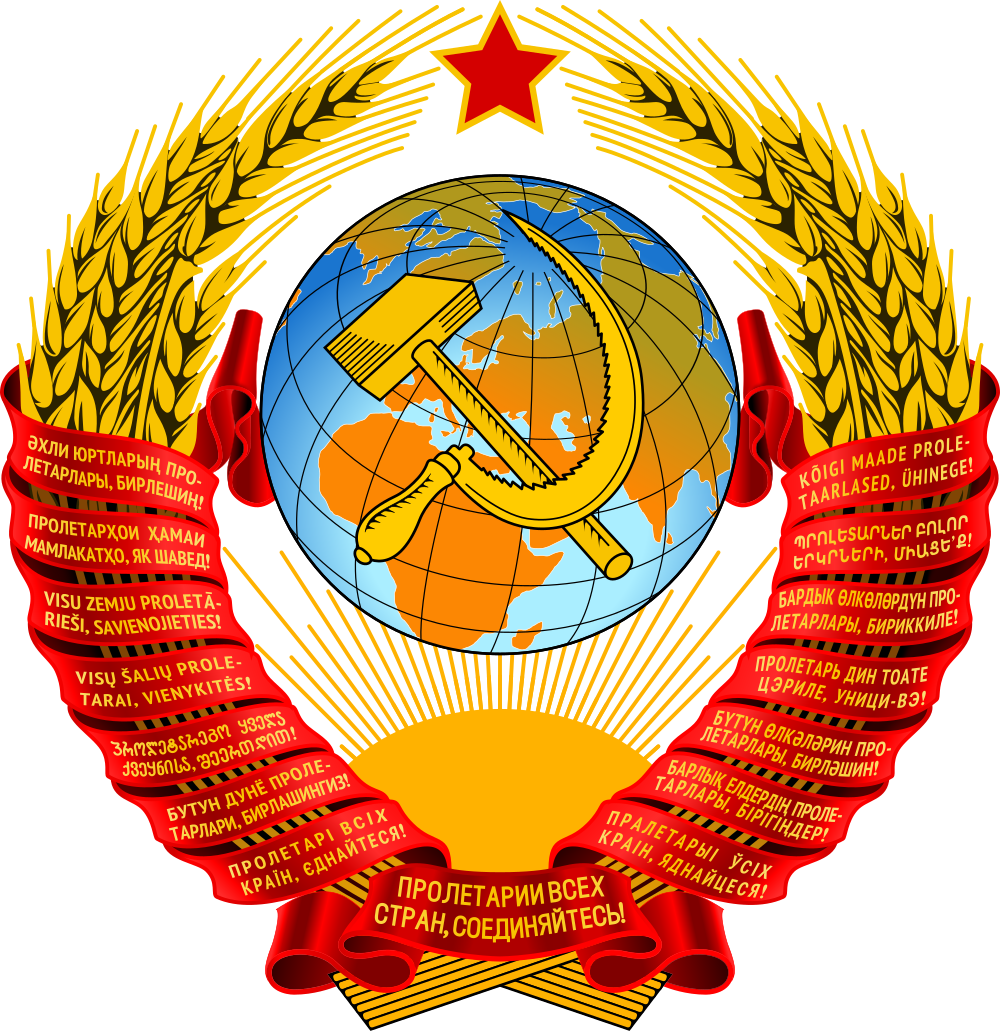US-AO 4
Tsiklon-2A
Soviet Space Program
Mission
US-AO 4
- Type: Government/Top Secret
- Orbit: Low Earth Orbit
US-A (Upravlenniye Sputnik Aktivny) were active radar satellites for ocean surveillance. The high power consumtion of the active radar required a nuclear reactor as power source. The satellites were known as RORSAT in the west. The US-AO series consisted of satellites, which tested all the system components but the nuclear reactor. They were battery powered.
Location
Rocket
Yuzhnoye Design Bureau Tsiklon-2A
The Tsyklon was a Soviet-designed expendable launch system, primarily used to put Cosmos satellites into low Earth orbit. It is based on the R-36 intercontinental ballistic missile designed by Mikhail Yangel and made eight launches, with seven successes and one failure. All of its launches were conducted from LC-90 at the Baikonur Cosmodrome. It is sometimes designated Tsyklon-2A, not to be confused with the later Tsyklon-2 rocket. It was introduced in 1967 and was derived from the R-36 ICBM (NATO designation SS-9 Scarp). It was retired in 1969.
Agency
Soviet Space Program
The Soviet space program, was the national space program of the Union of Soviet Socialist Republics (USSR) actived from 1930s until disintegration of the Soviet Union in 1991.
The Soviet Union’s space program was mainly based on the cosmonautic exploration of space and the development of the expandable launch vehicles, which had been split between many design bureaus competing against each other. Over its 60-years of history, the Russian program was responsible for a number of pioneering feats and accomplishments in the human space flight, including the first intercontinental ballistic missile (R-7), first satellite (Sputnik 1), first animal in Earth orbit (the dog Laika on Sputnik 2), first human in space and Earth orbit (cosmonaut Yuri Gagarin on Vostok 1), first woman in space and Earth orbit (cosmonaut Valentina Tereshkova on Vostok 6), first spacewalk (cosmonaut Alexei Leonov on Voskhod 2), first Moon impact (Luna 2), first image of the far side of the Moon (Luna 3) and unmanned lunar soft landing (Luna 9), first space rover (Lunokhod 1), first sample of lunar soil automatically extracted and brought to Earth (Luna 16), and first space station (Salyut 1). Further notable records included the first interplanetary probes: Venera 1 and Mars 1 to fly by Venus and Mars, respectively, Venera 3 and Mars 2 to impact the respective planet surface, and Venera 7 and Mars 3 to make soft landings on these planets.

